22 May2017
Masada visit – a gorgeous fortification with mass suicide and Bible scrolls
When I visited Jerusalem in March 2017, one of the days we also took a day trip to Masada and Ein Gedi by the Dead Sea. Sometimes people visit Masada early in the morning to watch sunrise there, but I’ll need to keep that for my later visit. This time it was just a quick Masada visit before lunch time.
Masada is an ancient fort located on an isolated flat rock plateau 900 at the edge of the Judean Desert in Southern Israel, just 20 km from the Dead Sea.
Did you know that the word Masada means fortress in Hebrew?
Masada visit
History of Masada
The whole area is located between two tectonic plates. Israel is on the African plate with the Arabian plate to the East. Both tectonic plates move slowly towards North in a different pace. This is how this area was created thanks to the movements of the tectonic plates which started 25 million years ago. The valley between the plates is 6,000 km long. The Dead Sea is right in the middle of the plates. With its location 431 m b.s.l it is also the lowest place on Earth on which humans can stand (its coastline, I mean).
We took road 90 which is the longest road in Israel as it’s passing through the entire country. It’s also the lowest road in the world.
The entrance to Masada through the cable car is situated almost 400 above while the Western Byzantine gate entrance on the other side is just 100 m above but it’s more difficult to get there by car.
While going up on the cable car we saw a canal which is one of the reasons why there’s always less and less water in the Dead Sea. The canal takes water from the Dead Sea to different pools to extract minerals.
From the cable car we also saw squares made of stones which used to be 8 Roman camps; and walls to prevent Jewish to escape.
Two main periods were important in the history of Masada:
1. when King Herod the Great fortified Masada builduing two palaces there between 37 and 31 BCE
2. the Roman troops sieged a group of Jews in 70 AD and didn’t allow them to escape the mountain.
Our guide took us around the Masada fortifications pointing out to the most important parts.
Masada storage rooms
We saw 3 kinds of storage rooms from the King Herod’s period:
- rooms for food – dates, figs, pomegranates…
- rooms for liquids – water was stored in 2 different kinds of jars. Wine imported from Italy was stored in pits in the ground.
- storage rooms not excavated yet.
Some storage rooms were excavated from 1963 to 1965 and then renovated. On the right side of the path we saw renovated storage rooms. The ruins below the black lines were original. The stones from the black line up are those renovated. On the left side of the path we could see the storage rooms that were kept unexcavated for two reasons: 1. archaeologists will have better equipment in the future; 2. for us to see now how the storage rooms were found unexcavated.
Masada Herod’s Palace
Masada was built as a palace complex in the classic style of the early Roman Empire by King Herod the Great.
We climbed to the top of the Northern Palace built by King Herod in 20 BC. Herod lived on the 3rd level which, obviously, was the top level so he could get the best view and have privacy. His guests would stay at the bottom part of the Palace. The view from the Palace is so stunning! You can see gorgeous formations carved by water over centuries, and even the Dead Sea on the horizon.
Then we checked the Roman bathing house with tepidarium and caldarium with double floor made of stone.
On the other side, the Western Palace also built by King Herod can be found. It’s the biggest building on Masada and served for ceremonial purposes.
One of the major archaeological discoveries of Masada was finding 12 pieces of inscriptions with names on them, and remains of a man, a woman and a child.
Flavius Josephus, a Jewish General from Jerusalem took notes of how the palace looked like and mentioned it in his book The Jewish War. Josephus became the historian of the Romans which is why he was considered to be a traitor by some.
Siege of Masada and mass Jewish suicide
Josephus Flavius also described what happened to the 967 Jewish people who lived on the top of the Masada mountain. It was a group of rebel Jewish who got to Masada 75 years after Herod’s death.
During the First Jewish-Roman war, the Roman troops surrounded Masada and built a fortified wall around the Palace in 73 AD.
We can learn about the mass suicide just thanks to 7 Jewish people who survived. Two women and five children hid refusing to obey. The Roman troops only found these 7 people and 960 dead bodies.
It’s so upsetting to read about the siege of Masada, isn’t it?
The mass suicide of 960 Jews makes Masada a significant part in the Jewish history. Since Masada became a UNESCO World Heritage Site in 2001, it’s one of the most visited places in Israel.
Masada Bible scroll
In 1964 the chapter 37 of Bible written on scrolls was excavated in Masada. It’s an archived copy of the Bible. The chapter covers a famous story important for the Jewish people talking about when God tells to bring blood to dry bones. They were people of Israel and the profecy did happen.
The Bible chapter was found just 20 years after the Holocaust when 60 million Jews were killed by the Nazis. What a touching story!
Thanks to the Bible scroll excavation in Masada, there is a saying that Masada will never fall apart.
What else we saw at Masada
We walked to a cistern which was in the middle of the soft Masada mountain. They made aquaducts to carry water from the Judean mountains and also used mules to carry water to the cisterns. Thanks to just one day of rain and floods there was enough water for 967 people to drink and bath with for 2 years, and to grow vegetables.
Then we entered the Synagogue ruins from the Second temple period. Only 7 synagogues were discovered in Israel from that period. The Synagogue did serve as a place to read the Bible, not for prayers. The Synaogues is standing on the former mule stable.
We saw a pigeon house ruins because they used to eat pigeons and used their poop to fertilize plants.
TIP 1: Jerusalem is a really lovely city and you should definitely spend a few days there too. In this article you can find out more about Jerusalem Old City.
TIP 2: Here’s my article about 8 pros and cons of visiting Israel. Definitely have a look if you are planning to visit the country.
Thanks to I travel Jerusalem for our Masada visit. I wish had an entire day to spend at this unique place.
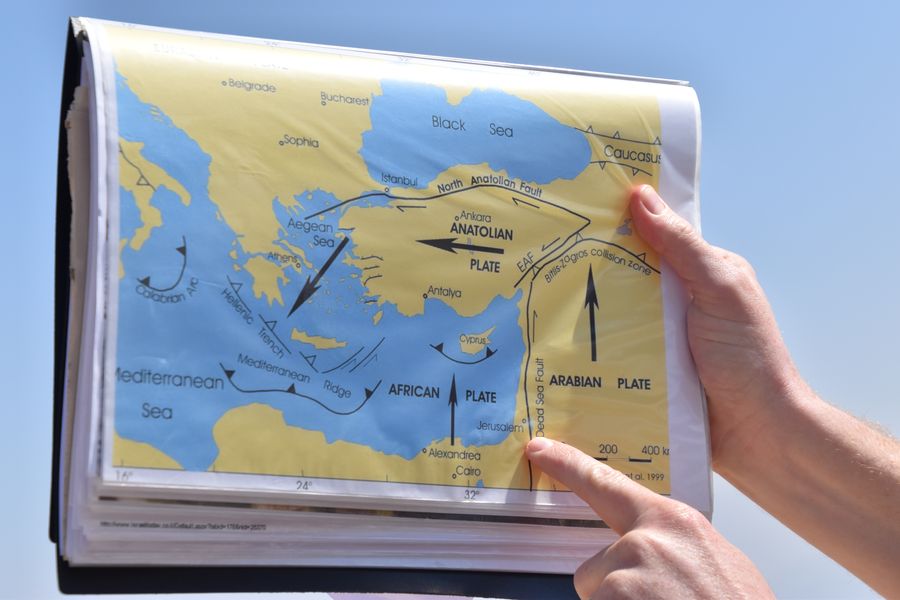
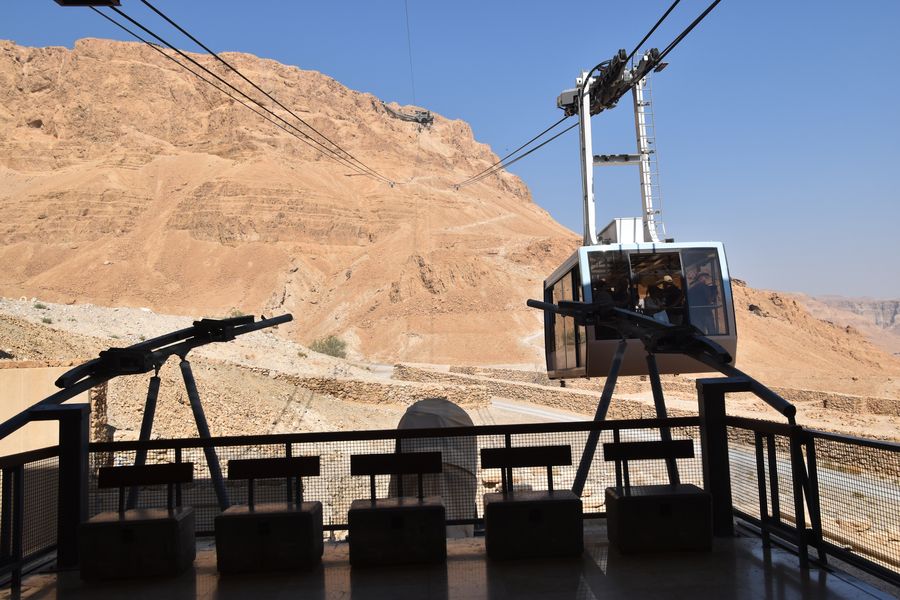

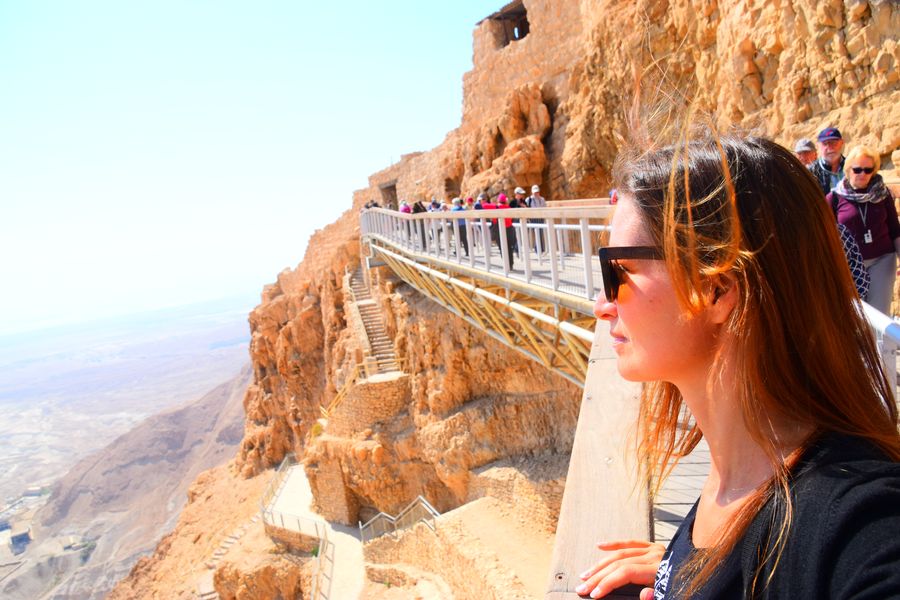
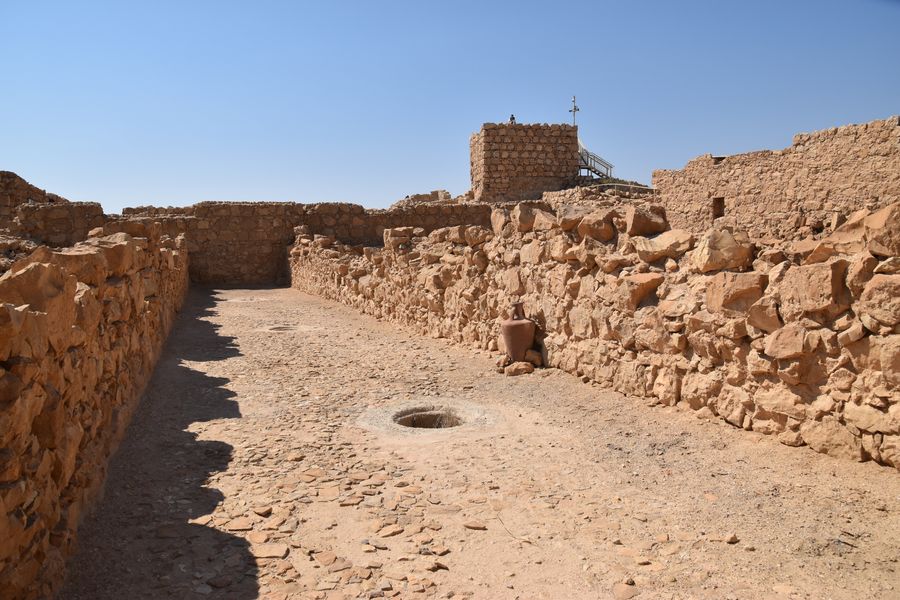
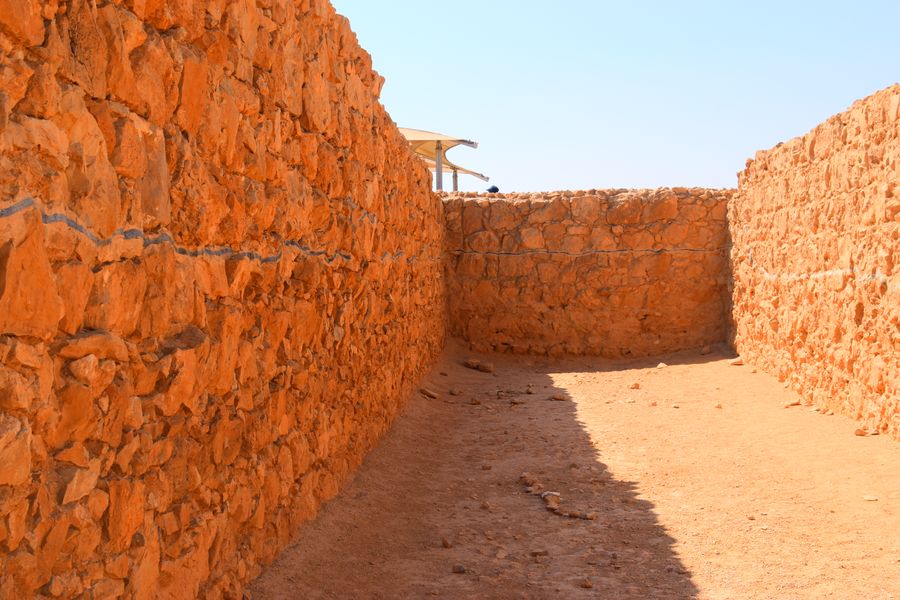
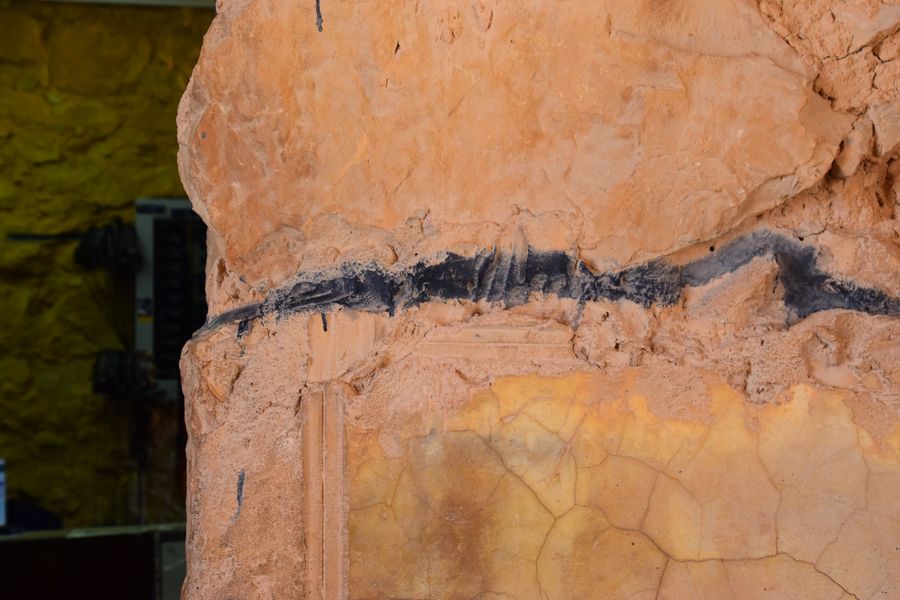

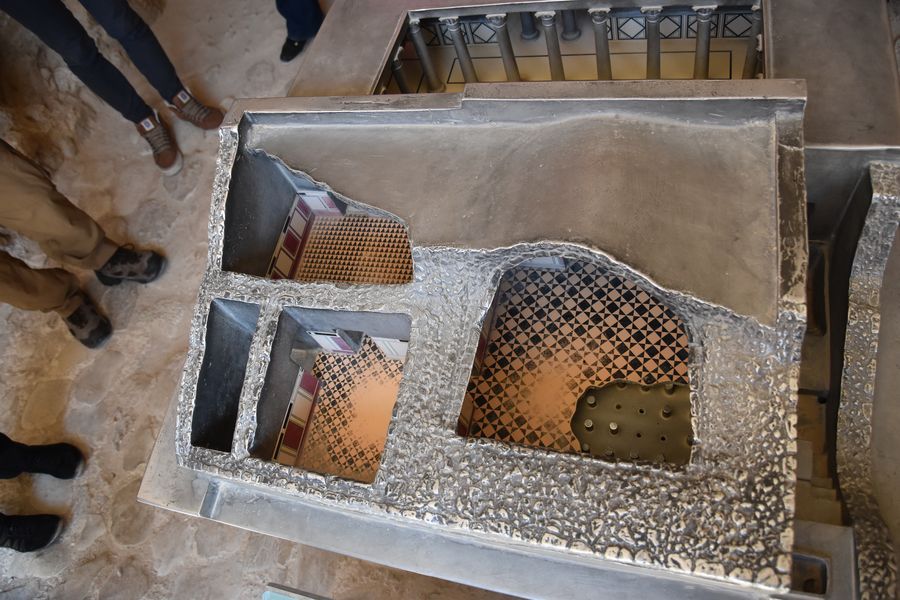
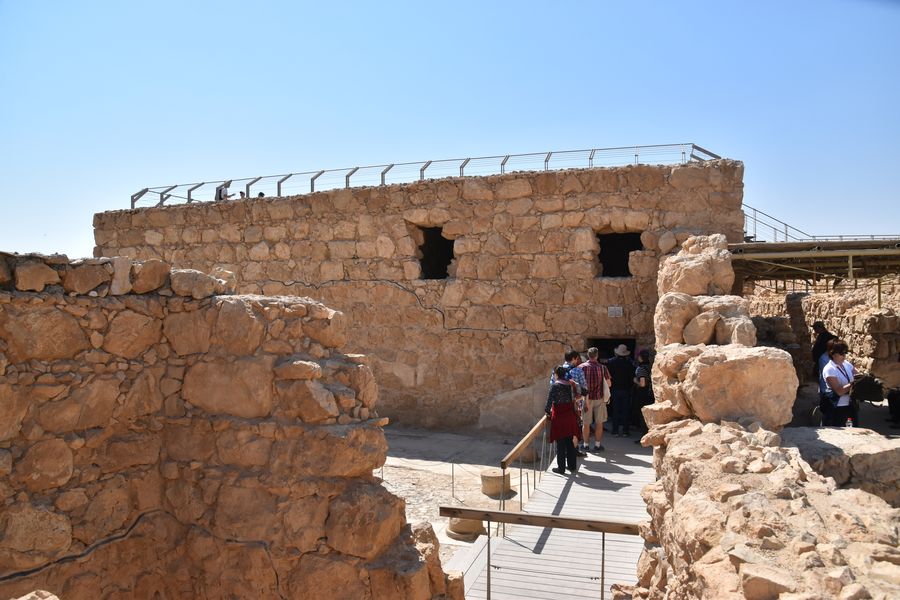
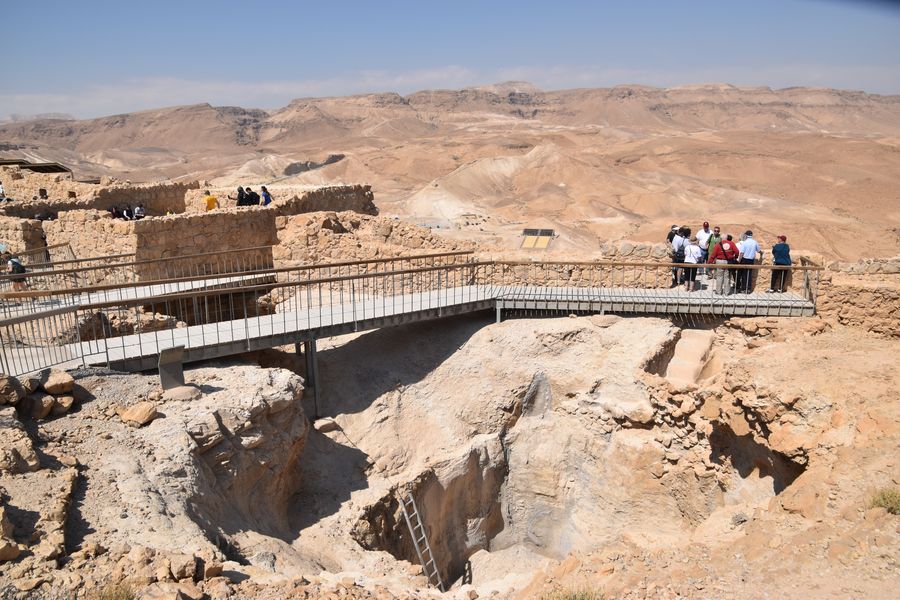
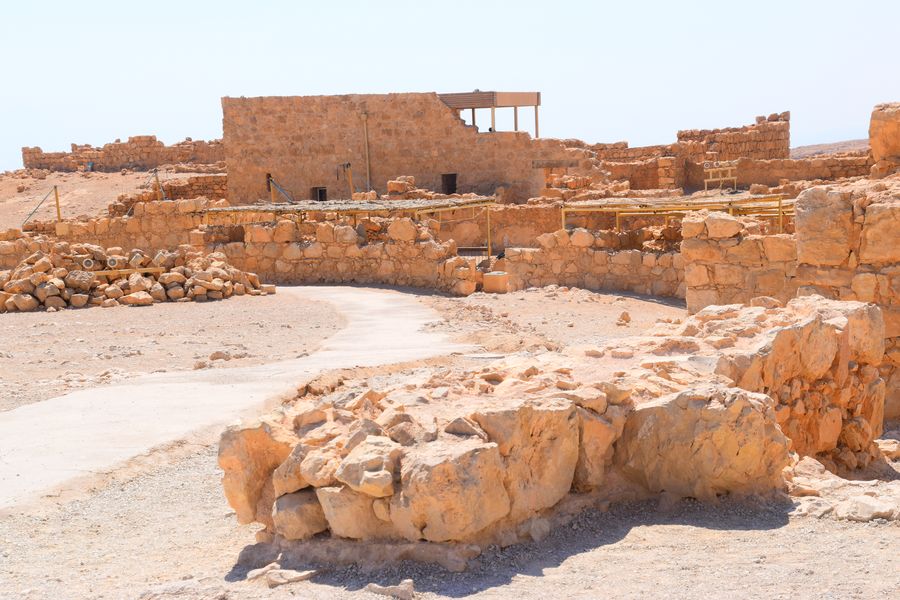

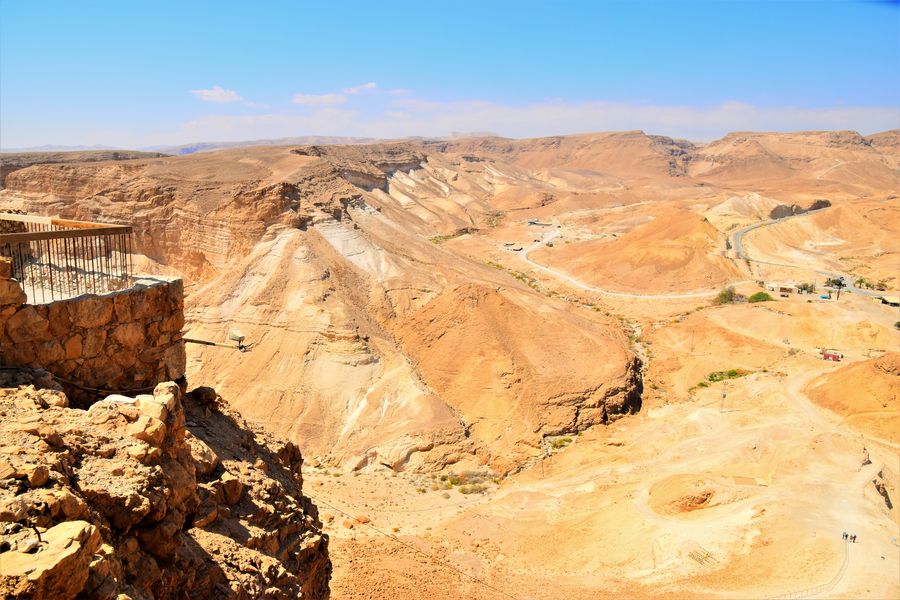
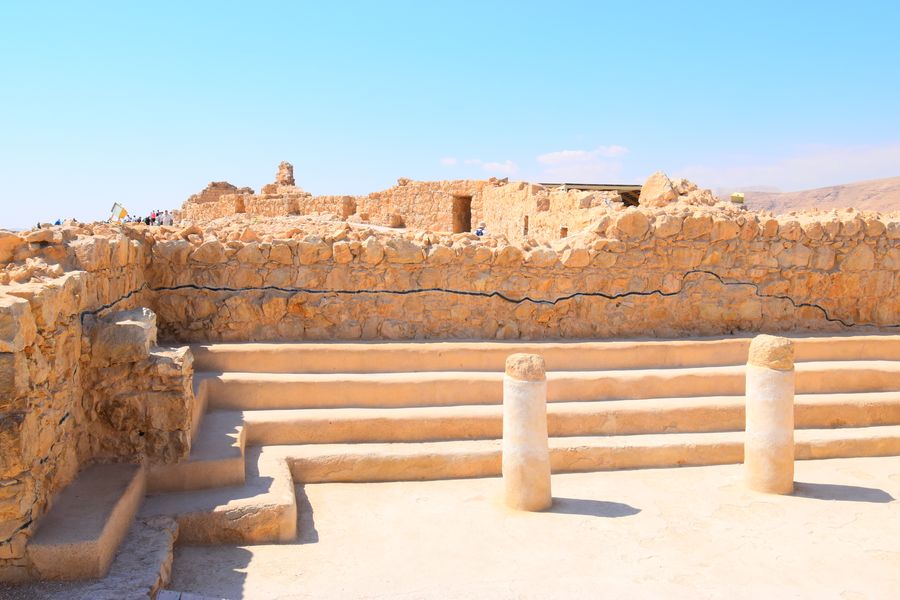
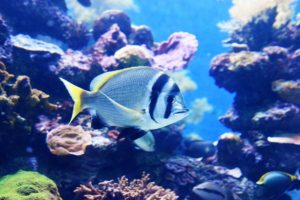
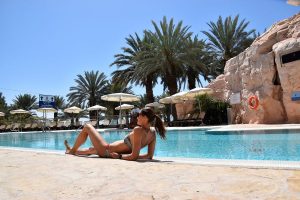
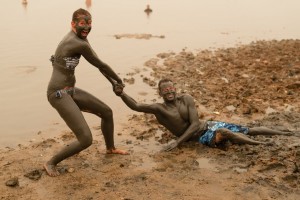
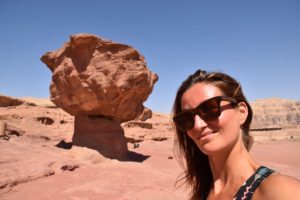
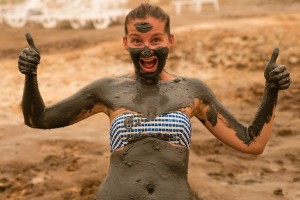
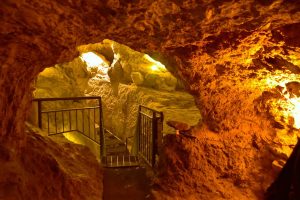
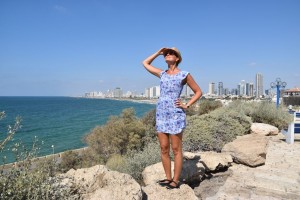


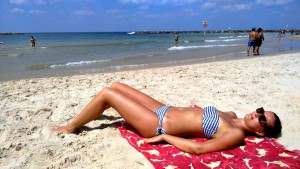
monique tilltillman
| #
I would like to do this trip eventually when I’m in Israel :)
Alexandra Kovacova
| #
I can only recommend it :)
Robert Blaker
| #
Incredible pics! pleasure for my eyes! Thanks a lot!
Alexandra Kovacova
| #
Tried my best with the photos, thanks ;)
Sam
| #
wow! it’s really an enjoyable place and stunning photos you shared.